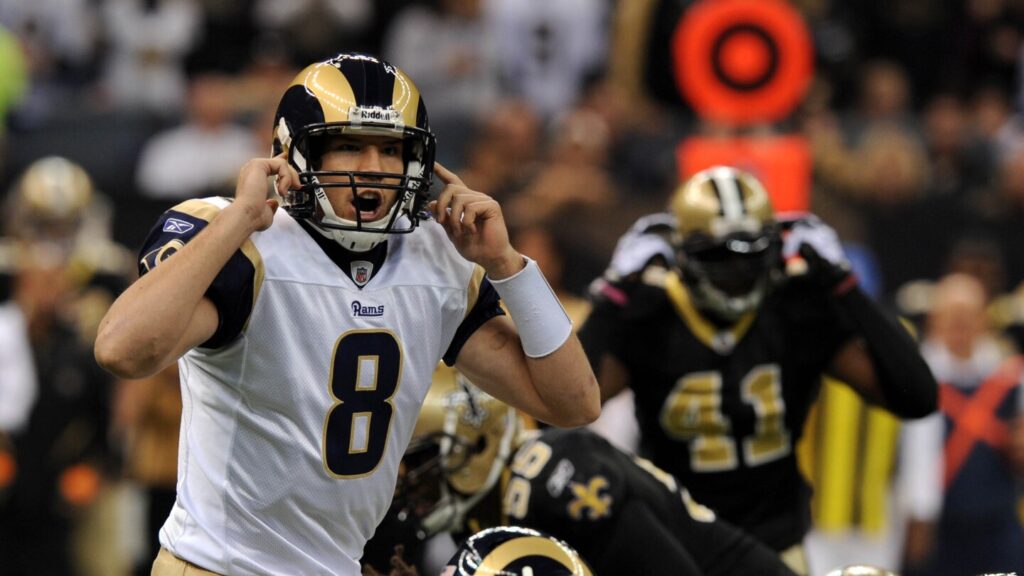Fifteen years ago, the NFL was experiencing one specific financial problem. The Collective Bargaining Agreement allowed the top incoming players to squeeze the teams that drafted them into contracts that were spiraling out of control.
It had gotten so bad that, when the Dolphins prepared to use the No. 1 overall pick in 2008, there were widespread rumors that they’d deliberately let the clock expire and wait to make a pick at a lower spot. (Miami eventually picked tackle Jake Long.)
Enter the expiration of the CBA. One of the things the NFL wanted as of 2011 was a rookie wage scale. And the NFL got the restriction it craved on the value of the deals given to new players.
The argument was simple. The prior system allowed busts to take millions out of the system. Those millions could go instead to established player.
Of course, the rookie wage scale also prevented those big contracts from becoming part of the leverage for veterans to get better deals, by pointing to the average annual salary given to a high draft pick at the same position.
But it was far easier to get the current members of the union to pick the pockets of players who weren’t yet in it. Even if it indirectly impacted them. Making the argument even easier was the inherent zero-sum game of the salary cap. If more money goes to a hotshot who has never worn an NFL helmet, less money is available to everyone else.
It worked. And here’s the latest evidence of it. Fourteen years later, with the salary cap skyrocketing from $120.375 million to $279.2 million per team, the value of the contract given to the No. 1 overall pick still hasn’t caught the value of the No. 1 overall pick from 2010, the last year with no rookie wage scale.
In 2010, Rams quarterback Sam Bradford signed a six-year, $78 million contract, with a maximum value of $86 million and $50 million guaranteed.
In 2025, Titans quarterback Cam Ward signed a four-year, fully-guaranteed $48 million contract.
Bradford’s base deal paid $13 million per year. Ward’s pays $12 million annually. Bradford got more in guarantees, although it’s likely that the $50 million wasn’t fully guaranteed. (The reporting on and analysis of contracts in 2010 didn’t delve into such details the way it does now.)
Yes, Ward is committed for only four years, not six. But the Titans have a fifth-year option, so the contract puts him on the market (or gets him franchise tagged) only one year sooner.
Here’s the broader point. It has taken nearly 15 years to get the No. 1 overall pick to the contract the No. 1 overall pick received in 2010. Even though the salary cap has increased since 2011 by 231.9 percent.
Which means that the rookie wage scale was a massive win for the NFL and its owners.
Which also shows that, when a sports league (or cabal or cartel) finds itself in an undesirable financial predicament, it should be expected to figure out the situation on its own — without pissing and moaning for Congressional intervention.
Read the full article here


